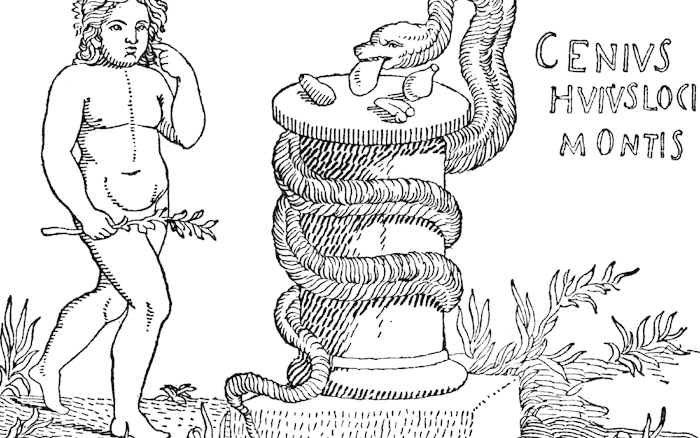Genesis of Snakes: a Novel.
Many years ago I joined a writing group. In the first meeting we did a guided freewrite in which we were to meet and have a discussion with our inner critic. A series of critics appeared, and over the next years I worked with them in analysis and in my writing.
But I also met a most unlikely but helpful figure, a giant Serpent, who instructed me to simply describe the markings on her body. As I observed the patterns and markings, I discovered they were stories, which I recorded over the next years. This was the genesis of my novel Snakes.
At first, these stories were the many snake stories I heard growing up in the small farm culture of the Midwest. Storytelling was an important part of rural life. Snake stories could usually be characterized as: human is surprised by snake, screams hysterically (very unusual for a midwesterner,) and then kills, or has killed, the snake. The snake seldom fared well in these stories! Writing down the stories brought new perspective, and I began to ask:
What are these stories really about?
Our writing group did a reading, and I read some of the stories. People approached me afterward, telling me their own snake stories, which I also recorded. Snake stories are compelling! In my analysis snakes visited me in dreams and in waking life. Meanwhile, the small farm culture that I was raised in was changing drastically. Farmers were taking out big loans to get more land in order to have more crop to sell to stay in business, then losing it all as grain prices fell in such abundance. The small, diversified farm was seen as unviable. Big corporations pushed genetically modified seed and the necessary chemicals to grow them. People got sick with autoimmune diseases. Farmland near cities was being sold to developers at inflated prices.
As I recorded these stories, while also witnessing the demise of the culture in which I had been raised, I wondered:
Do these snake stories have anything to do with the myth of our time, and what is happening to our relationship to the earth?
The Serpent has long been used to symbolize the Spirit of the Earth or the genius loci, the Spirit of Place, with which many of us have lost contact in our transience. How many of us have a sense of belonging to the land we live on? Of a kind of marriage with that land? Many of us are no longer in “energetic dialogue” with the earth.
The kundalini is also depicted as a serpent, consciousness rising as it moves up from the base of the spine through each of the chakras. A very important part of this process is feeling consciously connected to the earth. From prehistoric times rituals fostered a dialogue with the earth, often associated with the agricultural yearly cycle. It is said that the kundalini of the earth and that of humans mixed during these celebrations and rituals, strengthening all. We need land that we belong to, and perhaps land also benefits from our respectful dialogue with it.
| My father’s (Merle Damery) sense of Spirit of Place shines through in this painting he did many years ago of the farm onto which he was born and then farmed his entire life. |
